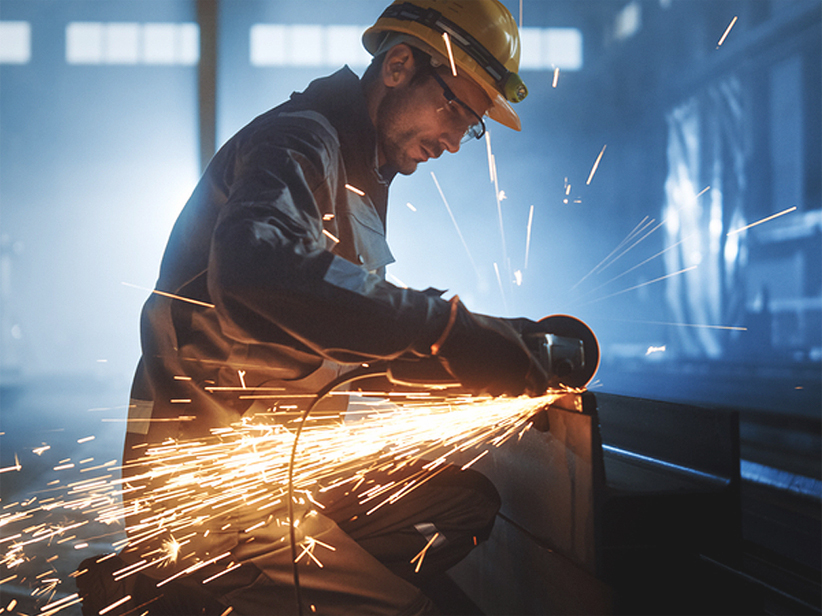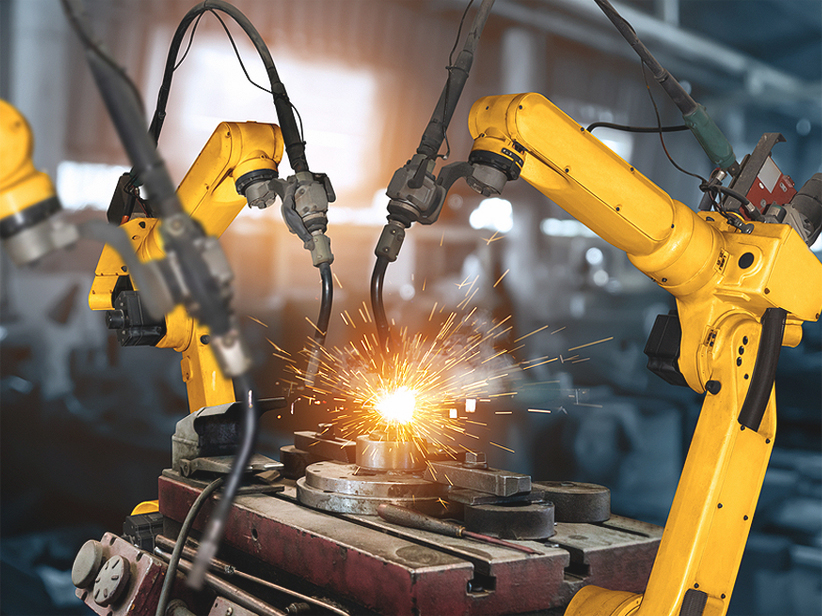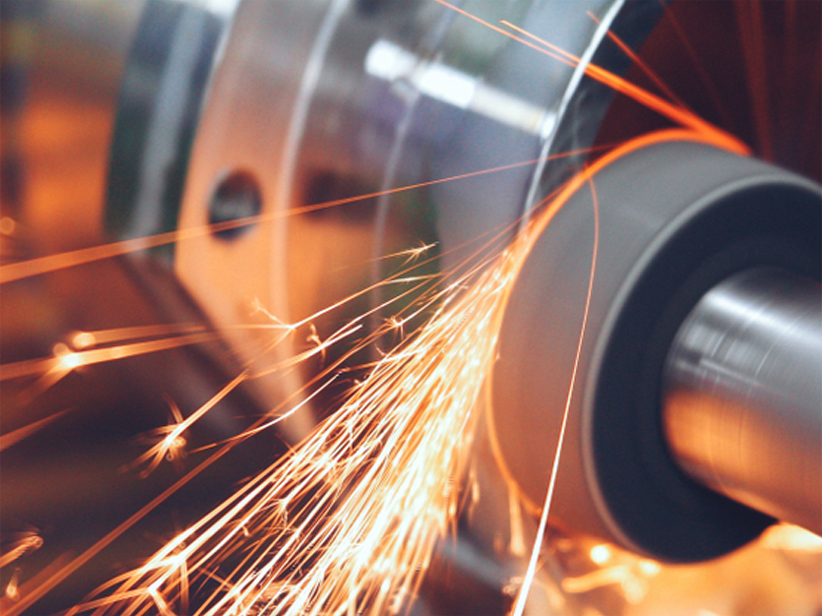Description
Stainless Steel Grade 925/1.4418 is a martensitic stainless steel that is designed for applications requiring high strength, hardness, and wear resistance. This grade is particularly known for its good machinability and excellent response to heat treatment, making it a versatile choice for a wide range of industrial applications. The alloy is commonly used in the manufacturing of precision components and is favored in industries such as aerospace, automotive, and heavy machinery.
Chemical Composition
Carbon (C): 0.08 - 0.15%
Chromium (Cr): 15.0 - 17.0%
Nickel (Ni): 3.0 - 5.0%
Manganese (Mn): ≤ 1.00%
Silicon (Si): ≤ 1.00%
Molybdenum (Mo): 1.5 - 2.5%
Sulfur (S): ≤ 0.030%
Phosphorus (P): ≤ 0.040%
Iron (Fe): Balance
Mechanical Properties
Tensile Strength: 700 - 900 MPa
Yield Strength: ≥ 450 MPa
Elongation at Break: ≥ 15%
Hardness (Brinell): 250 - 300 HB
Thermal & Physical Properties
Density: 7.75 g/cm³
Thermal Conductivity: 16.2 W/m•K (at 20°C)
Coefficient of Thermal Expansion: 10.0 µm/m•K (at 20°C)
Specific Heat: 460 J/kg•K (at 20°C)
Electrical Resistivity:0.70 µΩ•m (at 20°C)
Other Designations
UNS: S92500 (approximate equivalent for specialized martensitic grades)
ASTM : A276 (for similar martensitic stainless steel bars)
AFNOR: Z10CND17-05-01
BS: 970 431S29
Fabrication and Heat Treatment
Machinability: Stainless Steel Grade 925 offers good machinability, especially in the annealed or normalized condition.
Weldability: This grade is not typically recommended for welding due to the potential for cracking, though welding can be performed with preheating and post-weld heat treatment.
Cold Working: Not commonly performed on this grade, as it may lead to brittleness.
Annealing: Heat to 780-850°C, followed by slow cooling.
Hardening: Heat to 950-1050°C and quench in oil or air, followed by tempering at 150-300°C for the desired hardness.
Tempering: Tempering is required after hardening to relieve stresses and achieve the desired mechanical properties.
Applications
Aerospace Components: Used for manufacturing parts that require high strength and corrosion resistance.
Automotive Parts: Suitable for high-performance components such as shafts and gears.
Heavy Machinery: Ideal for components that are subject to wear and stress, like bearings and valves.
Oil & Gas Industry: Used in equipment exposed to harsh environments due to its high corrosion resistance and strength.
Cutlery and Blades: Utilized in manufacturing industrial knives and cutting tools.
Supplied Forms
Bars (Round, Square, Hexagonal)
Rods
Wires
Billets
Forged Blocks
Features
High Strength: Provides excellent tensile strength and toughness, making it ideal for heavy-duty applications.
Wear Resistance: Exhibits high wear resistance, essential for components subject to friction and abrasion.
Good Machinability: Can be easily machined, particularly in its annealed state.
Corrosion Resistance: Offers good resistance to atmospheric corrosion, making it suitable for use in harsh environments.
Hardness: Capable of achieving high hardness levels through heat treatment, allowing for enhanced performance in critical applications.






